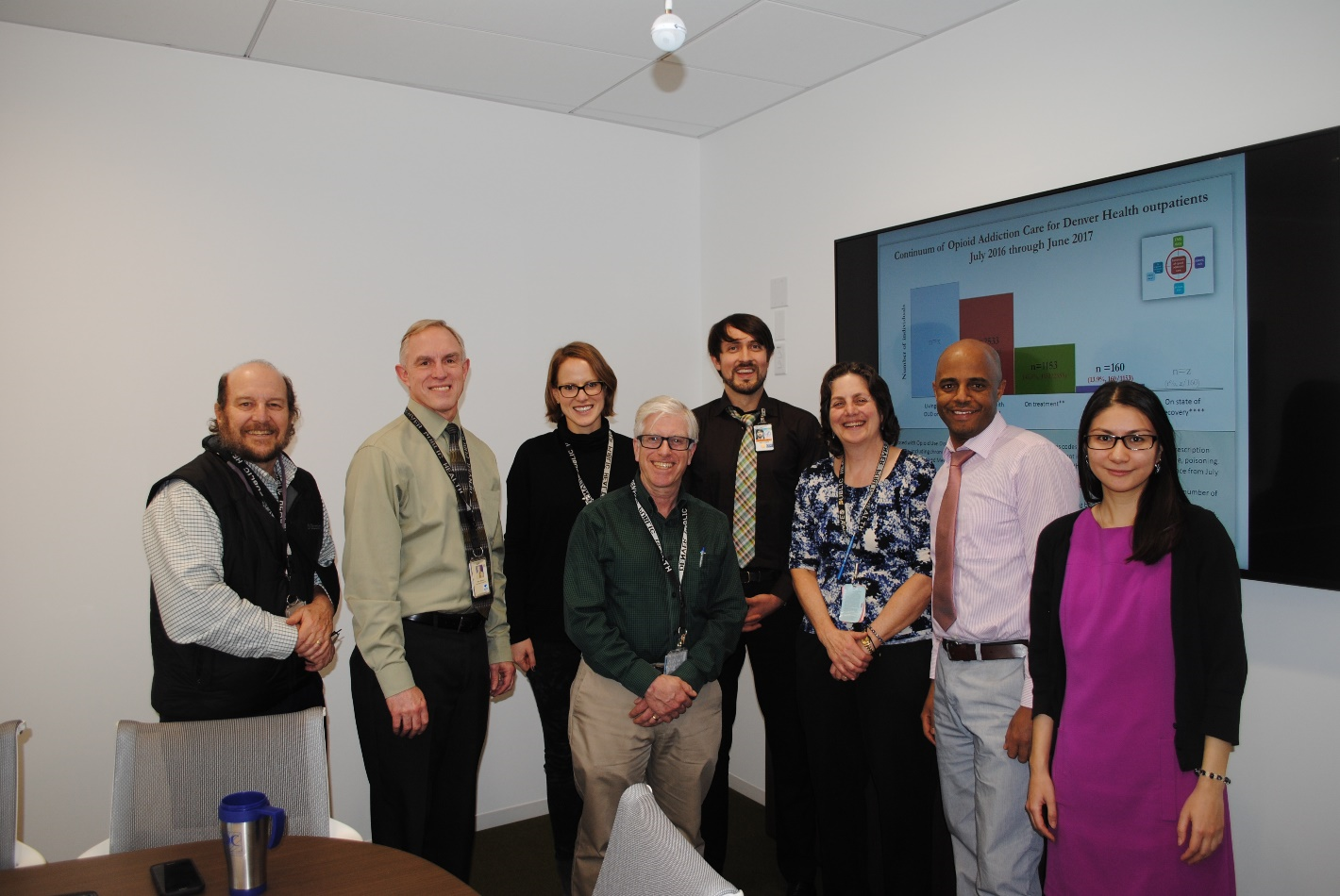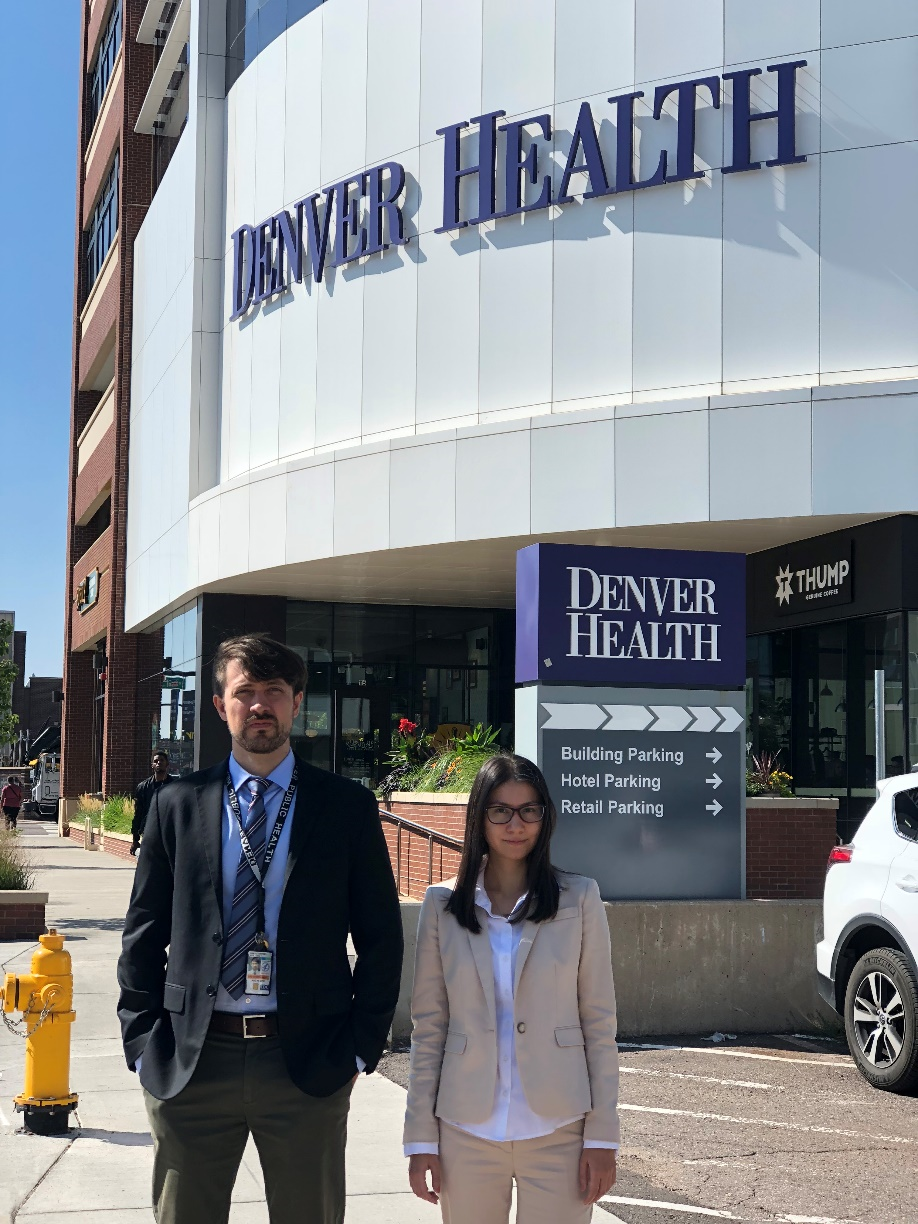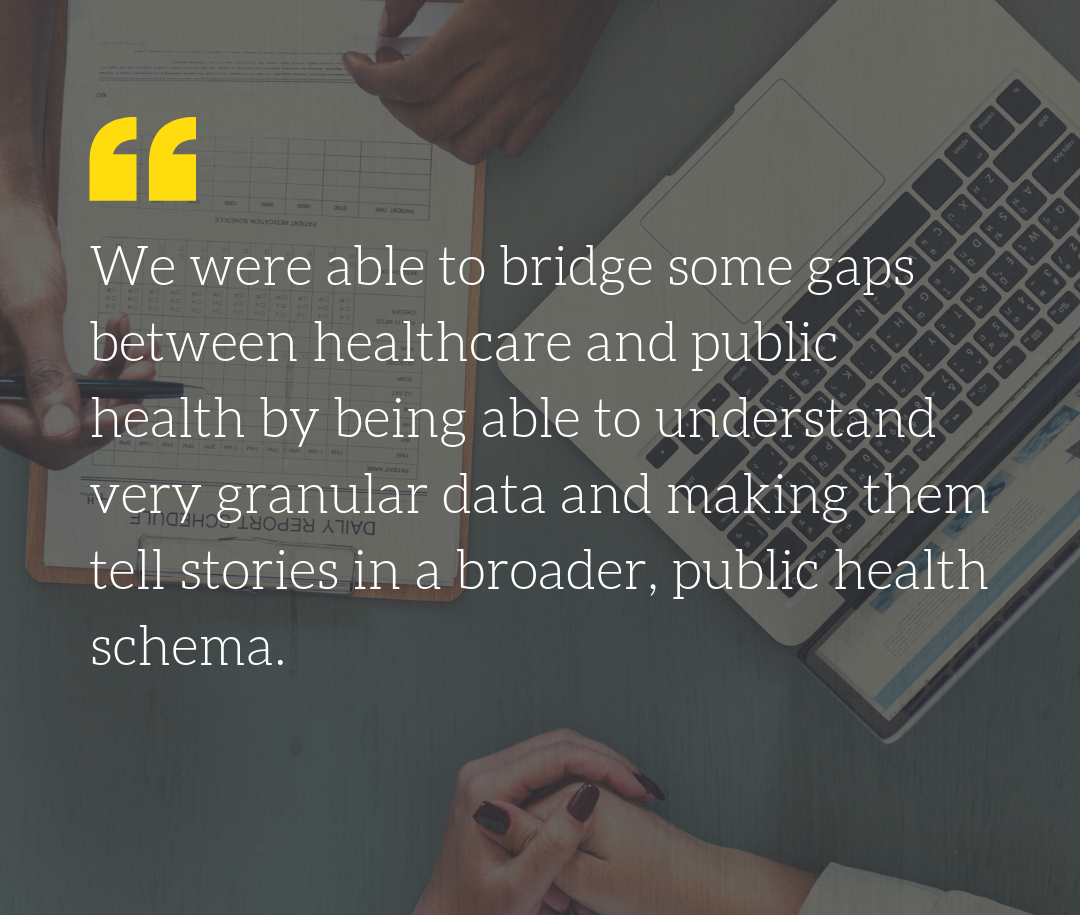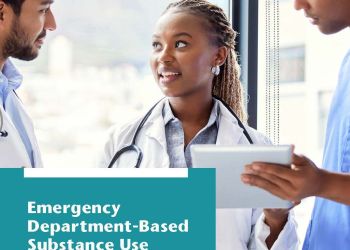
By Laura H. Franzke, PhD, MPH Population Health Workforce Branch, Division of Scientific Education and Professional Development, CSELS Centers for Disease Control and Prevention & Judith C. Shlay, MD, MSPH, Associate Director, Denver Public Health
If war is ultimately about people, then the opioid epidemic is indeed a war. In the confused geography of war, there are battles lost, skirmishes won, stalemates, and retrenchments. The opioid epidemic has claimed thousands of lives and engulfed entire communities, yet often feels too monumental to be seen as anything other than relentless and unending. The continuous unfolding story of a crisis and the response, however, must also include some promise of hope: what’s working, what may work if we scale it up, and what adequately funded interventions look like.
 On the side of hope, at Denver Public Health (DPH), a department of Denver Health, a team of three fellows developed a comprehensive population health program targeting the opioid crisis, collaborating with different stakeholders to leverage their research. From this impactful engagement, and with effective planning, DPH is helping support the launch of Denver Health’s Center for Addictions Medicine. NACCHO recently spoke with DPH about its role in being one of two sites where the Centers for Disease Control and Prevention (CDC) is piloting a new fellowship paradigm — the Population Health Workforce Initiative (PHWI) — in which multidisciplinary teams of fellows are deployed to develop a comprehensive population health program, support health departments working towards the community health strategist role, and engage in a contemporary learning experience. Innovative in both its design and execution, PHWI provides a contemporary, real-world experience for fellows.
On the side of hope, at Denver Public Health (DPH), a department of Denver Health, a team of three fellows developed a comprehensive population health program targeting the opioid crisis, collaborating with different stakeholders to leverage their research. From this impactful engagement, and with effective planning, DPH is helping support the launch of Denver Health’s Center for Addictions Medicine. NACCHO recently spoke with DPH about its role in being one of two sites where the Centers for Disease Control and Prevention (CDC) is piloting a new fellowship paradigm — the Population Health Workforce Initiative (PHWI) — in which multidisciplinary teams of fellows are deployed to develop a comprehensive population health program, support health departments working towards the community health strategist role, and engage in a contemporary learning experience. Innovative in both its design and execution, PHWI provides a contemporary, real-world experience for fellows.
The PHWI team assigned to Denver Public Health represents the collective expertise of a multidisciplinary team: Dr. José Tomás Prieto (CDC’s Public Health Informatics Fellowship); Dr. Wollelaw Agmas (CDC’s Preventive Medicine Residency and Fellowship); and Dr. Aziza Arifkhanova (CDC’s Prevention Effectiveness Fellowship), all working under the supervision of DPH’s project team lead, Dr. Judith Schlay, Associate Director of Denver Public Health.
At DPH, the fellows began their project by conducting interviews with key internal and external stakeholders, attended trainings, and visited relevant institutions to assess community needs and define the struggles inherent in effectively addressing the opioid epidemic and opioid use disorder (OUD). A key problem emerged, regarding the lack of standardized definitions within the health department and the community on coding and documentation practices for OUD, which led to delays in coordinating treatment, and confusion among providers, payers, and policymakers.
Using their background in informatics, economics, and clinical care in parallel with a holistic approach to addressing the opioid epidemic, and working with key partners and community stakeholders, the team laid out a phased plan to address the problem by developing at Denver Health an operational definition of OUD and opioid misuse, and then implementing a standardized process to report and measure the burden, treatment, progress, and gaps of OUD and misuse.
Through No Wrong Door
The ultimate goal of decreasing the number of deaths from opioid misuse led to the launch of Denver Health’s Center for Addictions Medicine, which will offer a full continuum of care to Denver Health patients seeking access to an array of substance treatment services, through no wrong door. The public health team will lead the evaluation of the Center, and the fellows’ work will help to guide the Center’s ability to ensure comprehensive care for all patients and families affected by opioid use disorder. We caught up with Dr. Prieto in early December to learn about the project, and find out about next steps.
What led you to the realization that you needed a more comprehensive response to opioid misuse in your region?
Initially, when we [the three CDC PHWI fellows] were stationed in Denver Public Health, a department of Denver Health, we did not know about the opioid problem in Denver. We spent quite a long time finding out about the context. We met with many people and read articles in scientific journals, web reports, and in newspapers to start to understand the problem. When we assessed the context within Denver Health, we realized that – although it’s the main provider of care in the area and that many people were doing great work to improve health outcomes – opioid-related work was not fully coordinated. We identified that evaluation processes could be improved through specific management and analysis of data.
After speaking with experts, we saw that we needed to understand the different vertices of the problem. Each fellow’s discipline added to helping understand the problem from a different perspective. And we learned a lot from each other. With an informatics lens, we used data science to provide reliable, accurate and actionable information. With a preventive medicine lens, we planned on generating clear interpretations of information in the healthcare realm of Denver Health. With an economics lens, we worked on generating new insights about the costs of opioid-related problems.
Some local health districts use particular tools to identify issues and ways to approach them, such as tabletop exercises and developing community response plans. What process did you use to identify the problem, and ways to address it?
Supervisors and mentors at Denver Public Health exposed us to community leaders in Denver. We spent a lot of time meeting with people both within and outside of Denver Health. For example, to better understand the problems associated with adverse effects of opioid use after  release from incarceration, we visited the Denver City Jail and met with the forensic psychiatrist director. We also spent a lot of time assessing the nature of different data sources and data streams available through Denver Health. Since we have different backgrounds and skills, it was very helpful to systematically meet in a group, because in many cases our questions led to conversations that would not have happened had we met separately. Based on the information we gathered in late 2017 and early 2018, we developed a logic model for the Population Health Workforce Initiative that has been guiding our work in health informatics, data science, and health economics.
release from incarceration, we visited the Denver City Jail and met with the forensic psychiatrist director. We also spent a lot of time assessing the nature of different data sources and data streams available through Denver Health. Since we have different backgrounds and skills, it was very helpful to systematically meet in a group, because in many cases our questions led to conversations that would not have happened had we met separately. Based on the information we gathered in late 2017 and early 2018, we developed a logic model for the Population Health Workforce Initiative that has been guiding our work in health informatics, data science, and health economics.
How did you begin the actual work? Was it easier, since you’re part of a larger, well-known entity at Denver Public Health?
We can now see that Denver Public Health was a highly strategic location to conduct this work. By being part of a large safety-net organization (Denver Health), we could analyze individual-level information and leverage population-level work in an efficient way. We feel that we were able to bridge some gaps between healthcare and public health by being able to understand very granular data and making them tell stories in a broader, public health schema. But more importantly, we learned how to work in a multidisciplinary team. We have learned from each other and have strengthened leadership and research skills by constantly sharing and discussing work progress and future goals.
What’s the vision for the Center for Addictions Medicine?
The Center for Addictions Medicine will offer a full continuum of care that provides the Denver Health patient access to an array of substance treatment services, through no wrong door. The Center will address unmet demand for opioid use disorder treatment across the community through active coordination of services.
What gives you hope about your work?
That highly specific and multidisciplinary research is leading to clear actions and decisions that will have a measurable impact on people’s health.
About the Population Health Workforce Initiative
Health departments, as the convener of population health activities among community sectors, must have a well-trained workforce in place with the skills to address the community’s needs. To that end, the Population Health Workforce Initiative (PHWI) is designed to help health departments strengthen their population health workforce capacity to address complex community health problems. This innovative program changes the “one fellow, one project” approach, allowing a multidisciplinary team of CDC fellows focusing on, for example, prevention effectiveness, informatics, the Epidemic Intelligence Service, or preventive medicine, and who are embedded in a health department to help build its population health capacity and tackle a community-specific population health problem. Both the fellows and the health department work together to examine population health from a nontraditional perspective, while considering the social determinants that influence and have an impact on wellness. PHWI gives fellows practical, real-world experience to help the health department accomplish major population health goals. This initiative will also help health departments develop sustainable population health plans specific to the needs of the populations they serve for decades to come.
In August 2017, PHWB hosted the first-ever PHWI orientation. The orientation was attended by a multi-disciplinary team of fellows along with their supervisors and mentors from the two pilot sites for the initiative, Denver Health and Utah Department of Health. Over three days, participants observed a series of lectures and collaborative learning sessions focused on population health. These activities helped them understand the roles of federal, state, and local public health agencies as they relate to population health, including systems thinking targeted to address complex problems in population health. The goal of the orientation was to galvanize the fellows and pilot sites into thinking of innovative ways to transform the current operation of the health department by providing tools to both combat and prevent negative community health outcomes.


